An alligator’s brain weighs only 8 or 9 grams, and it has the size of a walnut, but that
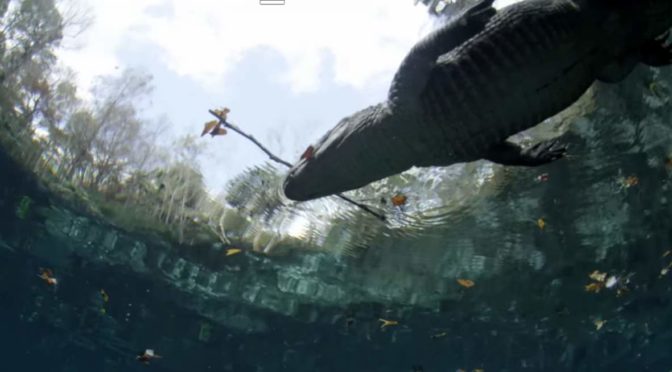

An alligator’s brain weighs only 8 or 9 grams, and it has the size of a walnut, but that
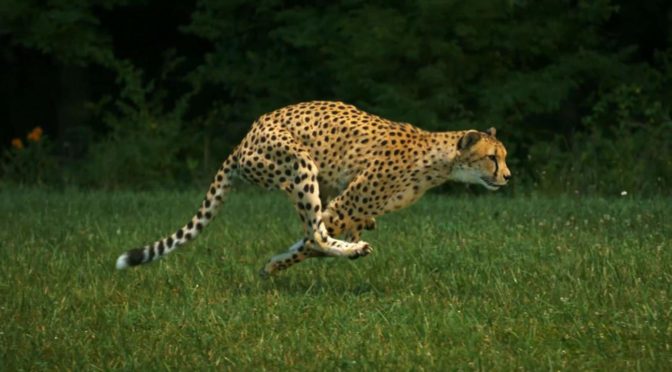
What are the fastest land animals? Like all the “biggest”, “fastest”, “largest”, etc. animals lists on the Internet, there is a tendency to overestimate also their top speeds. Even the speed of the world’s fastest land animal, the cheetah’s top speed is usually highly overestimated

The Okavango Delta is a unique pulsing wetland where the 1,600 km (990 mi) long Okavango River reaches a tectonic trough in the middle of the Kalahari Desert in northern Botswana. Each year approximately 11 cubic kilometers of water spread over the 6,000-37,500 km2 area. It is on the UNESCO World Heritage List as well as one of the Seven Natural Wonders of Africa (see notes 1).
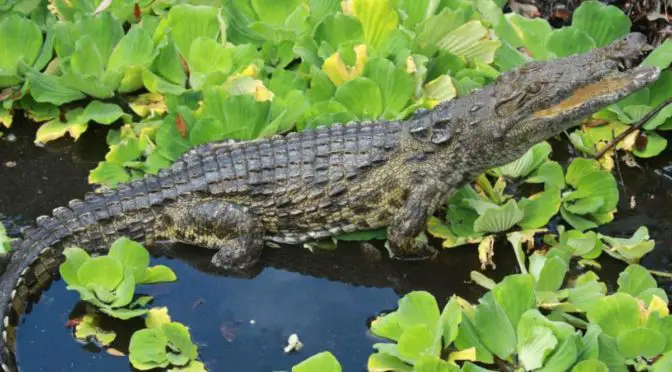
In a striking turn of events, the Sunshine State is dealing with a new, unexpected predator. Nile crocodiles, native to sub-Saharan Africa, have recently been identified in Florida, significantly expanding their known geographical range. This finding not only poses a fresh challenge to local ecology but also raises critical questions about invasive species management. The discovery has sent ripples through the wildlife and conservation communities, leading to a scramble for understanding and action.
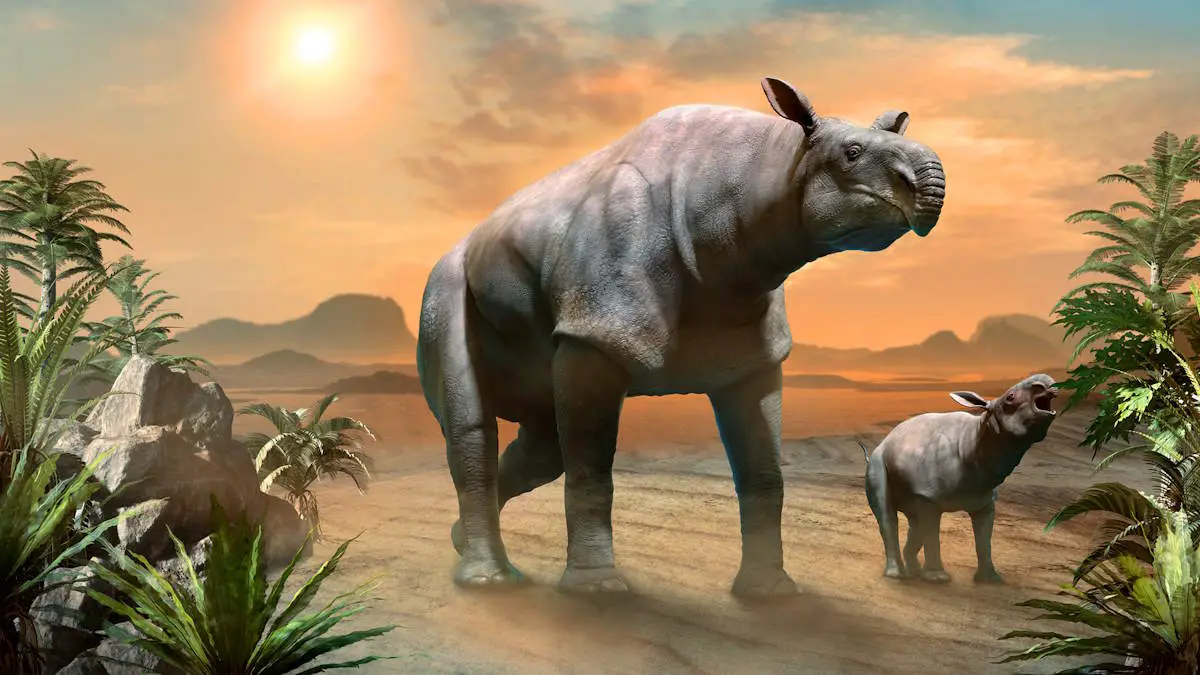
Step back in time and delve into the awe-inspiring world of Earth’s largest prehistoric mammals. These colossal creatures, which once roamed the ancient landscapes, captivate our imaginations with their sheer size and extraordinary adaptations. From towering herbivores to formidable carnivores, the fossil record holds evidence of these titans of the past. Unearthed marvels that defy our present-day reality, these magnificent beings offer a glimpse into a bygone era of our planet’s history. Join us on a journey to discover the captivating tales of these ancient giants and unlock the secrets of their remarkable existence.
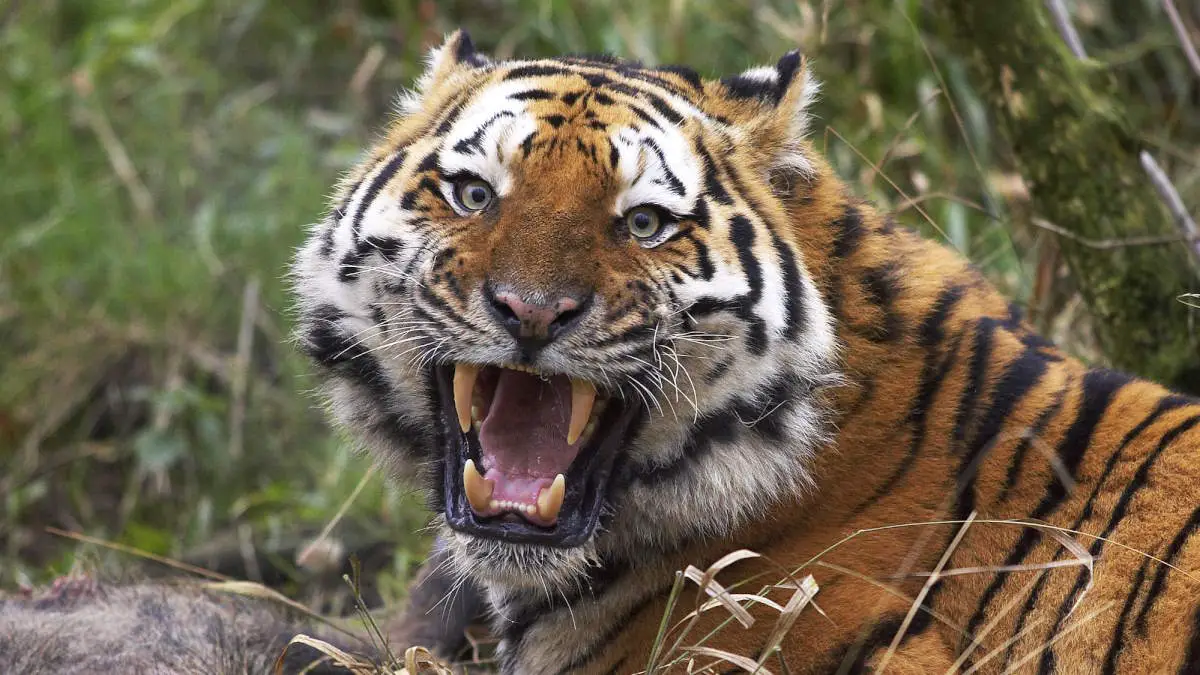
In the wild, the struggle for survival often hinges upon a carnivore’s ability to capture and overpower its prey. Among the many factors that contribute to their predatory prowess, bite force stands out as a paramount attribute. The intensity and strength of a carnivore’s bite are crucial for immobilizing and subduing prey, breaking through tough hides and shells, and even establishing dominance within their own species. Here are the top 22 most powerful bites in carnivore land mammals.
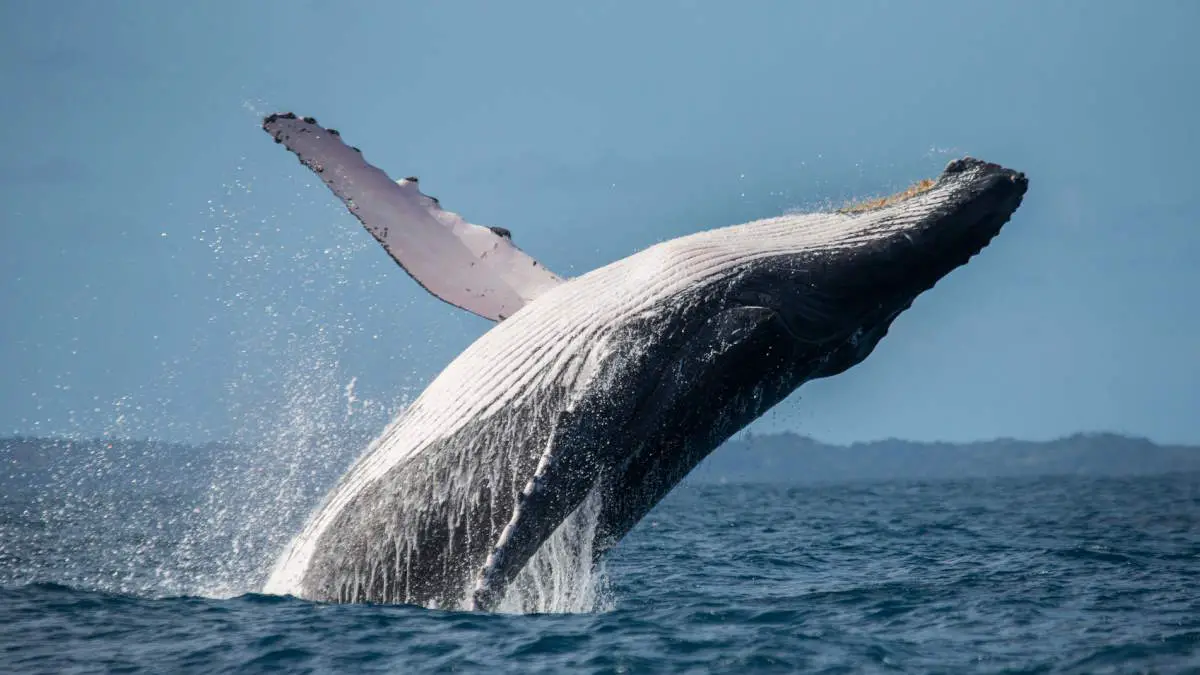
An amazing and wonderful video that I came across a few years ago: Michael Fishbach, co-founder of The Great Whale Conservancy, his family and friends rescued a Humpback Whale from fishnets, and after being freed, the whale shows amazing appreciation to the rescuers.
The Great Whale Conservancy was launched in 2010 to advocate for the great whales, they need our help and protection to survive, to learn more about our current efforts, and find out how we can work together.
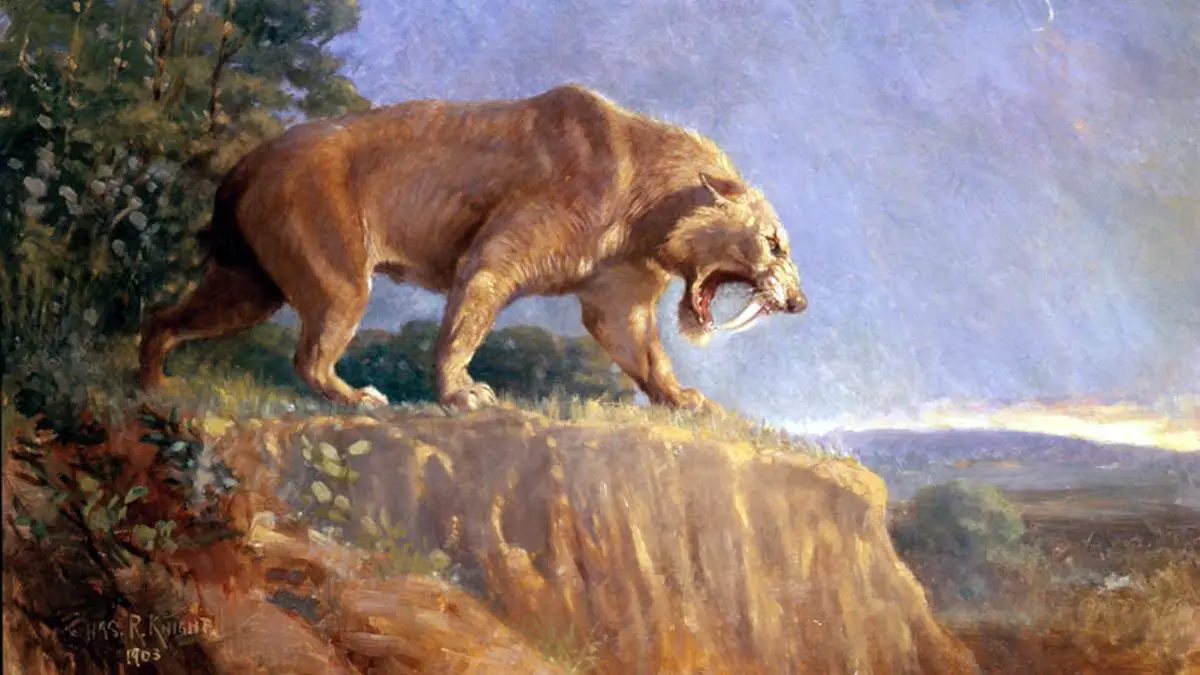
The prehistoric world was home to an array of magnificent and fearsome creatures, and among them, the large cats ruled supreme. These ancient feline predators prowled the Earth with power and grace, displaying unmatched dominance. In this article, we will explore the top 5 largest prehistoric cats that once roamed the planet. From the mighty Smilodon with its deadly saber teeth to the massive American Lion, these awe-inspiring creatures left an indelible mark on the history of big cats.

The Sahara desert, with its endless stretches of sand and searing heat, may not be the first place you’d expect to find a prehistoric sea monster. But that’s exactly where National Geographic grantee Federico Fanti and his team of paleontologists made an astonishing discovery: the remains of a massive marine crocodile named Machimosaurus rex.
With estimated lengths of up to 30 feet (9.14 meters) and razor-sharp teeth, M. rex was a true apex predator of the Late Jurassic seas. Fanti and his colleagues pieced together the crocodile’s fossilized bones, unlocking clues about its anatomy, behavior, and evolutionary history. This groundbreaking research sheds new light on the ancient ecosystems of North Africa and the fascinating creatures that roamed them millions of years ago.

Our old planet, the Earth is 4.54 billion years old. In fact, the human mind can no longer make any sense of large numbers like that. Numbers like 1, 2, 14, 20, 50 are all quantities that we encounter quite frequently in our daily lives. And our brain evolved to conceptualize numbers like that: our ancestors saw two lions; they hunted five deer in one hunting party, the population of their tribe was 20, etc…
But when the numbers are getting big, i.e. 1,000; 10,000… the problem begins: these numbers become increasingly difficult to conceptualize. Now, what happens when we try to conceptualize quantities like billions, like the Earth’s age? We can’t actually rationalize the immensity of such a big number. Because we haven’t a model of 4.54 billion that’s been compressed into something recognizable to the human mind.